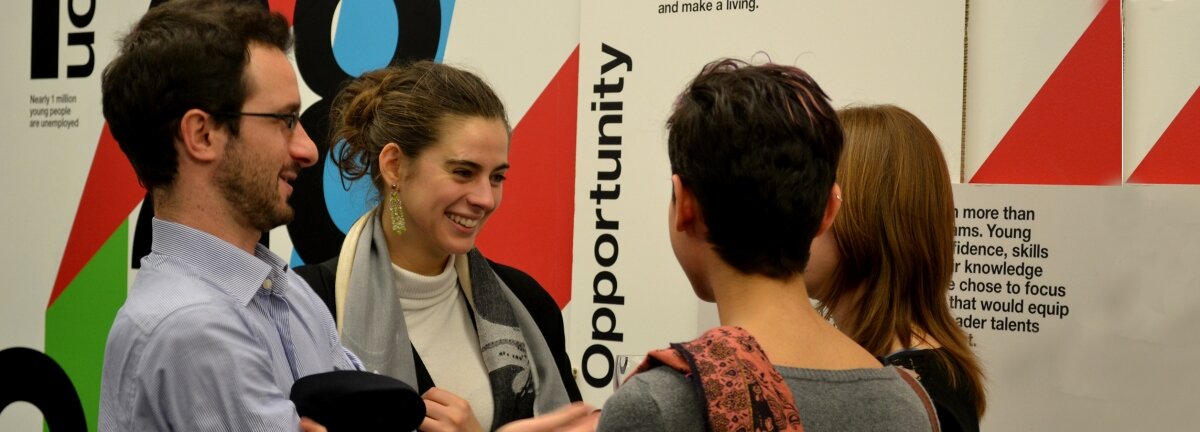Three business models that help social ventures manage investment and risk

After publishing our report outlining the needs of social ventures, Social finance in the UK, we thought it would be helpful to hear from venture managers who provide support to social ventures in the UK. We spoke to Louise Mousseau, David Bartram and Ed Pattinson from UnLtd about how social ventures can manage risk and investment.
Since the Big Venture Challenge (BVC) was launched in 2011, much has changed in the UK social investment market. The UK now leads the way in this field, although key challenges remain if the sector is to successfully support social innovations. We have categorised three types of social business models that help us with business strategy, investment planning and risk management.
1. Donation models – at its heart, this type of venture is focused on generating net profit to ‘buy’ social impact elsewhere. A great example of this is Paul Newman’s Salad Dressings and One Water. We don’t tend to work much with these ventures at UnLtd but some of our entrepreneurs adopt a partial donation model and build it in to the models below.
2. Social operator models – these ventures deliver social impact through the process of their operations, rather than through the product or service purchased by the customer. The most common forms involve the employment or engagement of disadvantaged and excluded people in the delivery process through employment or training programmes. The cost of social impact delivery is taken from the operating margin – it may or may not be possible to pass these increased costs onto the customer. For example, Goodwill Solutions, a BVC 2013 winner, is a furniture logistics company that operates a successful business in its own right. They deliver social impact through the training and employment of long-term unemployed individuals, including those from offending backgrounds. Their operating margin is eroded as a result of the work with these individuals, however at no time are these increased costs passed onto the customer. The risk of return on these types of venture means that loan finance tends to be the most accessible capital (often from social lenders). It also means that business support is focused on very tight controls of the cost base to ensure margins are not eroded completely, or subsidisation may need to be sought through grant funding.
3. Aligned models – in this case the social need and the market need are aligned, so selling the product or service generates both social return and revenues. An example of this model is the Buddy App, another BVC 2013 winner. The Buddy is a digital tool to support therapy services where clients use text messaging to keep a daily diary of what they are doing and how they are feeling, helping to spot and reinforce positive behaviours.
With some of these companies, prices may be held low to ensure as many people as possible can access the social impact. In some cases a ‘robin hood’ pricing structure is developed to charge those who can afford it more. We are seeing other examples emerge that are committing to revenue sharing with their customers, giving a proportion of profits back into the NHS for example, and some that are locking a certain amount of profits to be reinvested into the social mission. These ventures may be high risk but have the potential to yield strong social and financial returns. Those that are not asset-locked tend to prefer equity in most (but not all) cases.
Some businesses combine more than one of these models, and the balance between them may change over time. Although this categorisation is simple, we have found it powerful as a starting point in identifying the types of investment and interventions that will support a social business.
Subscribe to our newsletter
Want to keep up with the latest from the Design Council?
